Nagatani Soen’s Innovative Techniques Still Used Today
I belong to the organization for preserving hand-kneading techniques for producing uji-cha. The skill is so difficult to learn and it’s an exhausting job, which takes almost 5 hours to be completed. But the tea made by this method is the most precious and delicious of all the methods because the machines we use for produce tea is just for imitating this hand-kneading techniques. So the machine can’t go above the delicate sense of hands.
Tea production methods using hand-kneading were invented in 1738 by Nagatani Soen, who was a tea planter in Ujitawara. They were developed as they proved to result in superior color, aroma, and flavor compared to that of conventional tea and spread throughout the country. The Uji-cha Production Methods and Techniques Preservation Society took over the task of protecting these valuable techniques as Uji City’s intangible cultural properties. In 2001, the Kyoto Prefectural Liaison Conference to Preserve Hand-Kneading Tea Production Techniques for Uji-cha rose to higher levels. These activities were recognized by the Kyoto Prefectural Board of Education and the Hand-Kneading Techniques for Producing Uji-cha were designated as a Kyoto Prefectural intangible folk and cultural property in 2009.
Processes
1. Steaming
Freshly-picked tea shoots are spread out on a bamboo steamer where they are thoroughly and uniformly steamed. Then, the mist of the steam is removed as the steamed shoots are cooled using hand fans.
2. Drying and Draining [approx. 25min]
A worker grabs and armful of steamed leaves weighting about three kilograms and brings them over top of a hoiro drying table. Hoiro is topped with a board called jyotan. Next, over and over again he raises them up while making sure they have no contact with the jyotan surface, and then carefully drops them from a height of 30cm to 40cm, as he continues shaking them. The work is conducted quickly so that the leaves are kept separate and do not pile up on each other.
3. Rolling(rotating) [approx. 1.5hours]
The leaves are first lightly rolled over and over on the top of the whole surface of jyotan. As they dry, the worker exerts more pressure on them, and then for about the last 20 minutes, he rolls them with particular force, making sure that even force is applied to them. If proper attention is not paid to the surface drying during these process, the leaves do not form into the desired long, thin, and round shape. It is a step that requires great care.
4. Lump Loosening [approx. 5 min]
This step loosens up any lumps made during the rolling step. Once the final strong rolling is completed, the worker decreases the pressure, and then quickly moves his hands from side to side, further eliminating lumps.
5. Untangling [approx. 10min]
The leaves are taken away from the jyotan and cooled, evening out moisture content. In the interim, any small tangles or lumps that remain are delicately worked out. Moisture content is reduced to about 50 % of when the process started. The surface of the jyotan is carefully wiped clean of any dirt that has accumulated there.
6. Aligning (secondary rolling, momikiri) [approx. 30min]
Two types of kneading are performed alternatively, momikiri(kneading and draining) and katatemkuri(one-handed rolling). This latter is done while exerting sufficient force, with a single stroke of a rolling movement done over seven times. The leaves have now been formed into long thin rolls and they must be carefully aligned.
7. Pressing(aisei) [approx. 20min]
This step is performed in order to improve the shape, aroma, and flavor of the tea. While paying attention to the heat and surface drying of the leaves, both hands are used to knead sideways back and forth while lightly raising them into the air. To give the leaves more roundness, at first this is done lightly, and more force is applied as the leaves dry.
8. Rolling (kamachi, finishing) [approx. 50min]
This is a finishing process that is used only with the Uji-cha production method. While using both hands to align the leaves, they are rolled up and down on a wooden board. This shapes them into thin, round rolls to improve the complexion and aroma of the tea.
9. Drying [approx. 40min]
The fully-kneaded leaves are spread thinly on the jyotan to dry and rolled from time to time.
10. Final Finishing
Each roll of leaves created with this advanced hand-kneading production method turns out long and thin, with a glossy deep green color.

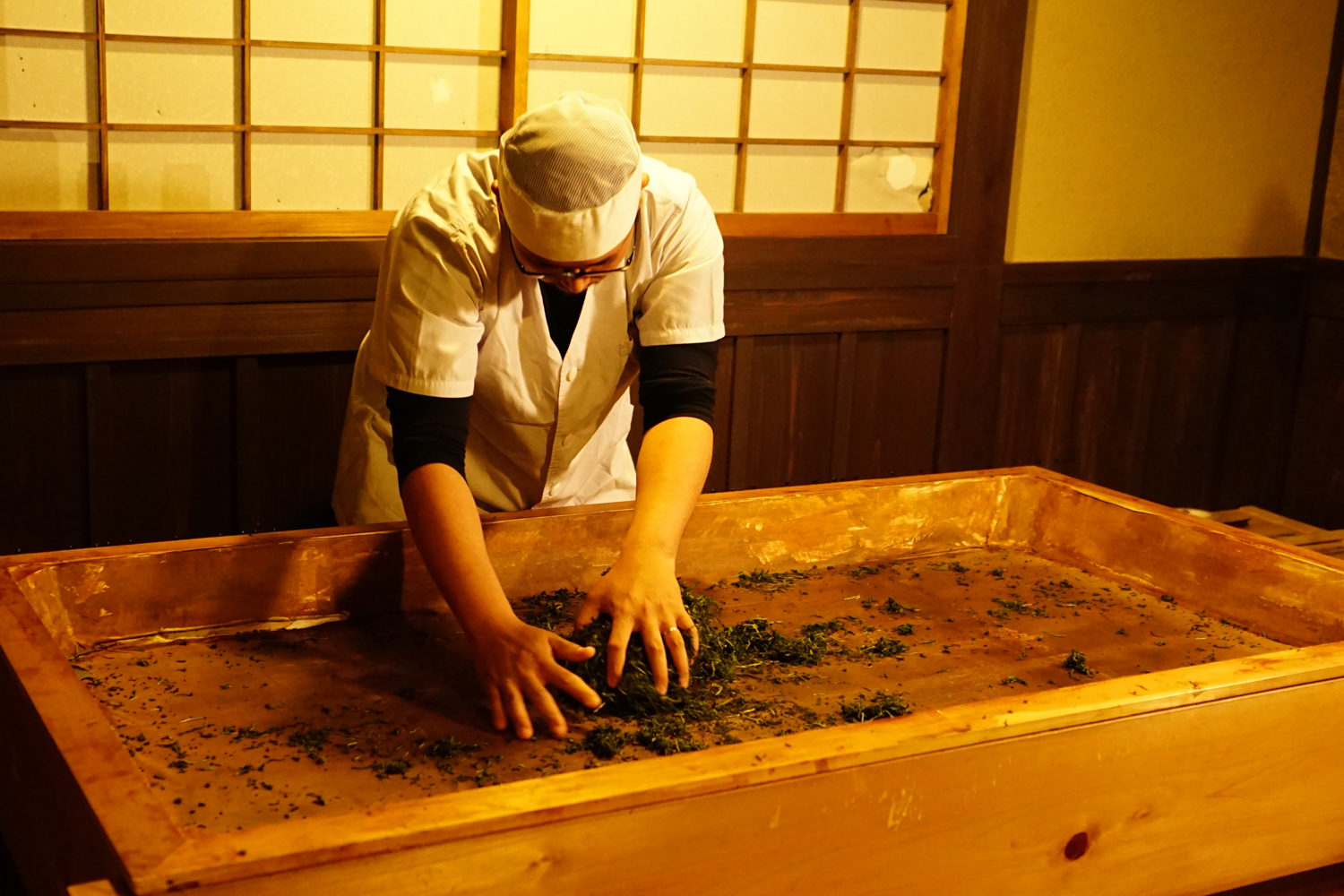
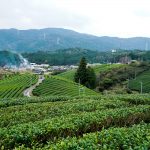
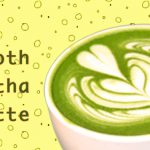
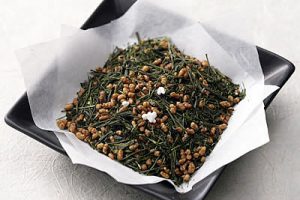
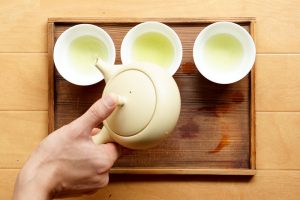

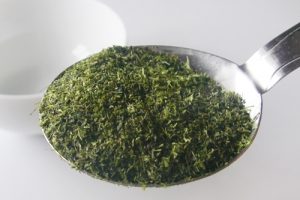
 ja
ja
Leave a Reply